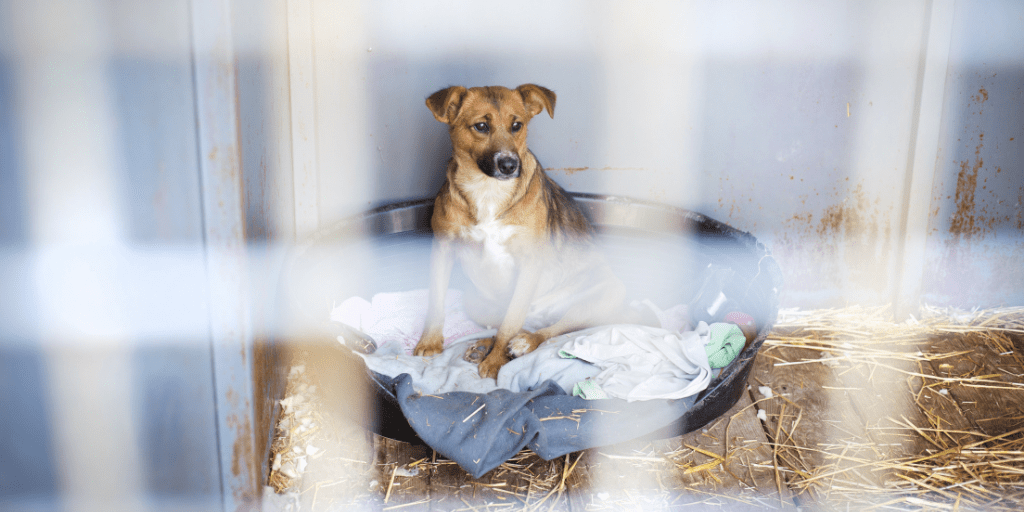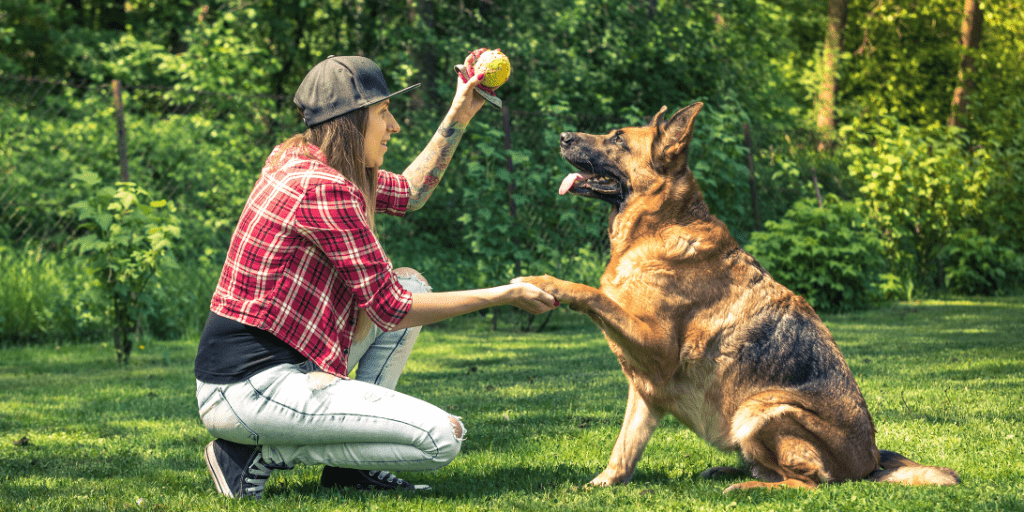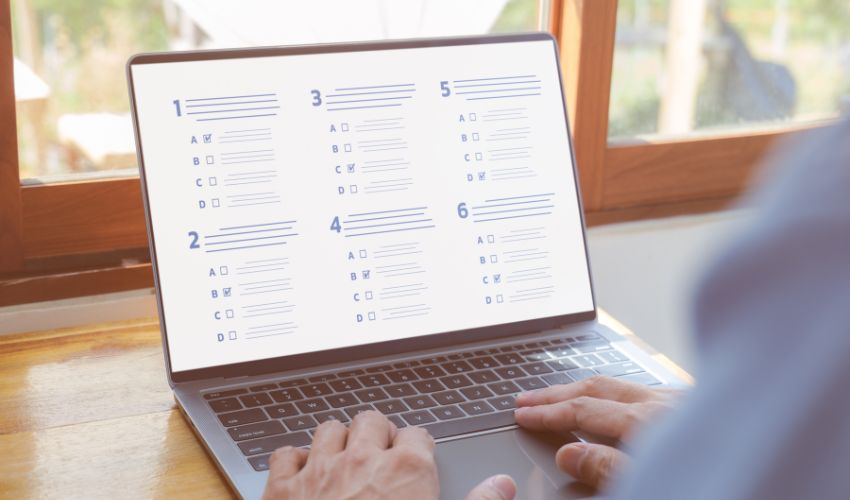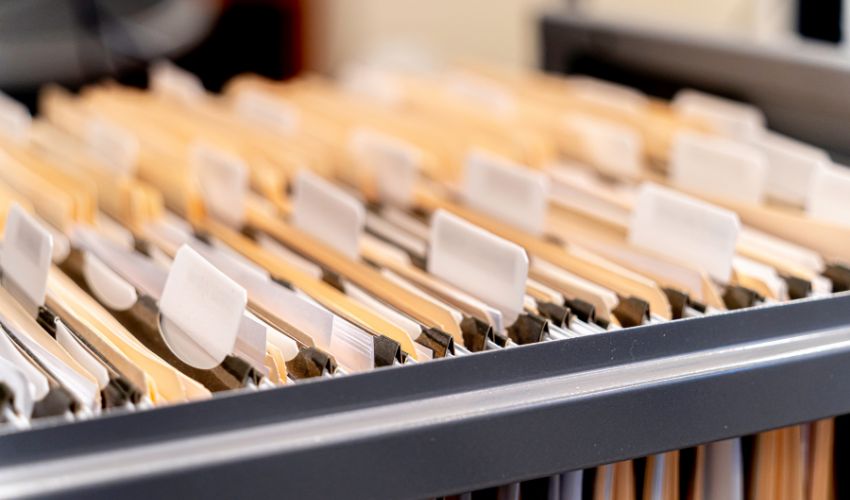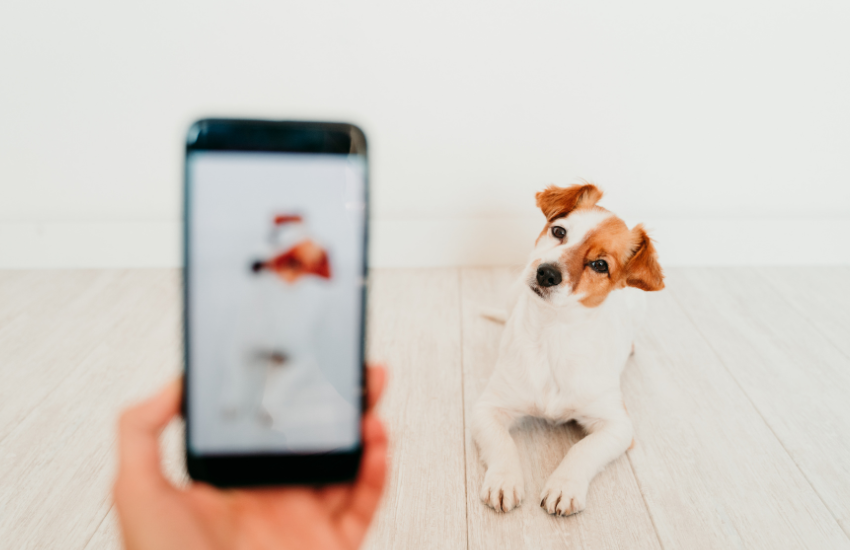As much as we love our furbaby, there will always be instances when we have to leave them at home alone.
However, for some dogs, being separated from their pet parent can make them anxious – which results in unwanted behaviors such as excessive barking, destructive chewing, and even potty accidents.
This condition is called canine separation anxiety, which can leave a negative impact on the dog and their human family if not properly dealt with.
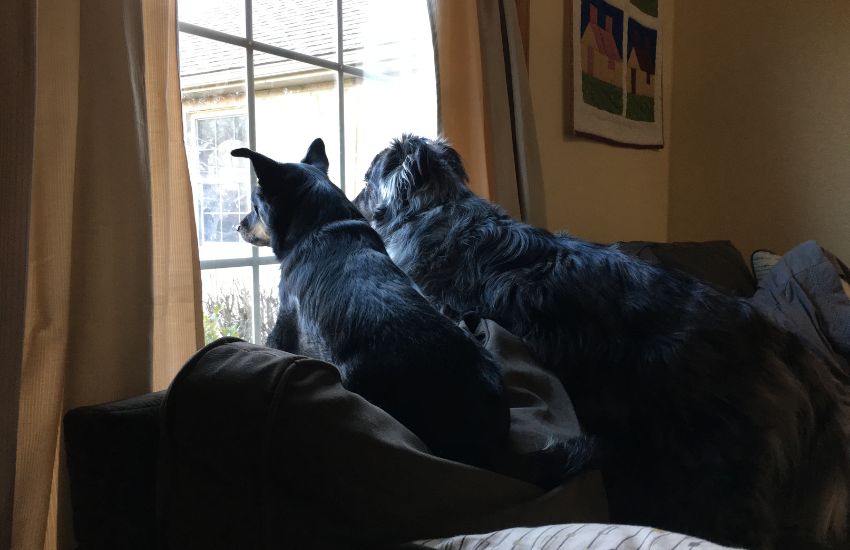
Understanding Canine Separation Anxiety
Separation anxiety is a condition in which a dog becomes anxious or distressed when left alone or separated from their owner.
This anxiety can manifest in a range of ways. Here are some common signs of separation anxiety in dogs:
- Excessive barking or howling when left alone
- Destructive behavior, such as chewing on furniture or other objects
- Urinating or defecating in inappropriate places
- Pacing or restlessness when left alone
- Attempting to escape or break out of the home or enclosure
Managing Canine Separation Anxiety
If your dog is showing signs of separation anxiety, it’s important to take action to manage the condition and improve their quality of life. Keep in mind that separation anxiety is a treatable condition with a little bit of patience and training.
Here are some tips to help you understand and manage your dog’s separation anxiety:
Tip #1: Recognize the signs of separation anxiety
Some common signs of separation anxiety include barking or howling excessively when you leave, destructive behavior like chewing or scratching doors and windows, pacing and restlessness, and potty accidents even though your dog is house-trained.
Tip #2: Practice leaving your dog alone for short periods
Start with leaving your dog alone for just a few minutes and gradually increase the time as they get more comfortable.
Make sure to reward them for calm behavior when you return.
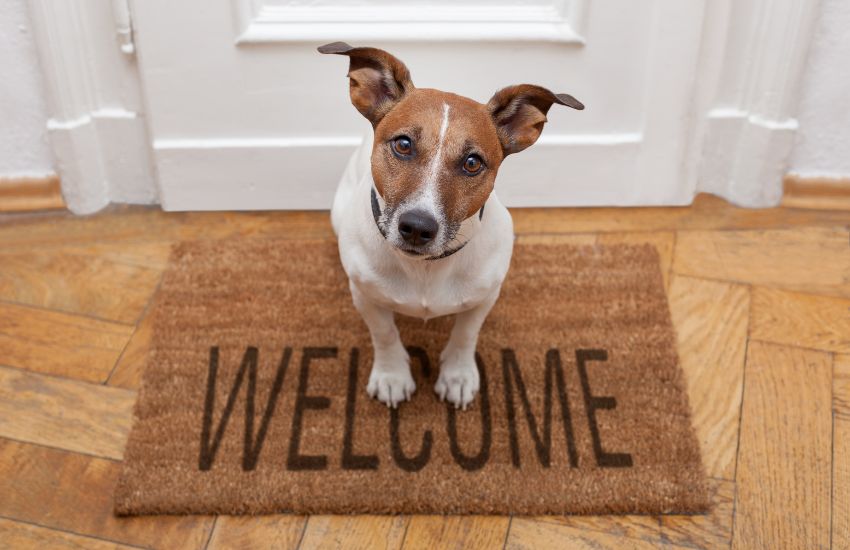

Tip #3: Make departures and arrivals low-key
Avoid making a big fuss when you leave or come home, as this can make your dog more anxious.
Keep your arrivals and departures calm and quiet, and avoid giving your dog too much attention right before you leave.
Tip #4: Provide plenty of exercises and mental stimulation
A tired dog is a happy dog. Make sure your dog is getting enough exercise and mental stimulation to tire them out and help them relax.
Puzzle toys, interactive games (such as Go Dogo, the boredom bust for dogs), and long walks are all great ways to keep your dog stimulated.
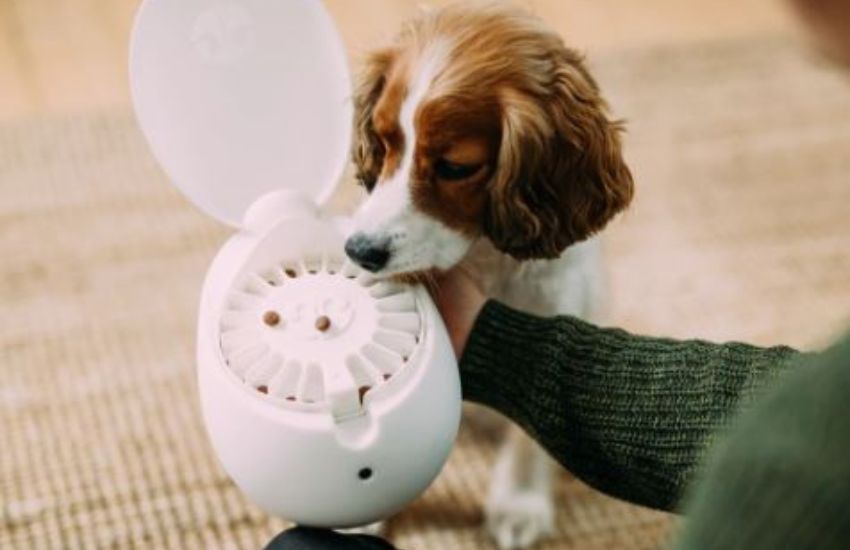

Tip #5: Consider medication or professional help
In severe cases, medication or professional help may be necessary. Talk to your veterinarian about possible medication options or consider consulting with a professional dog trainer or behaviorist.
Remember, separation anxiety is a common condition in dogs and can be treated with patience and training. With the right approach, you can help your furry friend feel more comfortable and confident when leaving them alone.


